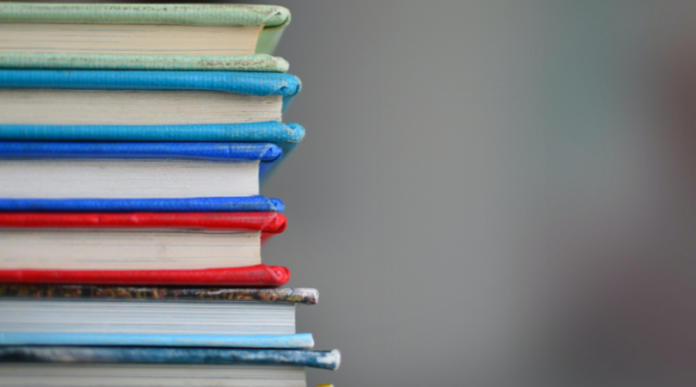Dr. Gyan Pathak
Almost two years have been lost since the pandemic struck, schools in India are yet to open causing great damage to entire generation of students. Loss is worse than expected, according to several studies, and yet we could not open schools and educational institutions. We are now reeling under the third wave of Covid-19, and uncertainties are likely to continue, while about 70 per cent of students are unable to access online education.
In the present scenario, hybrid system of education, which includes physical classes, online classes, and classes through radio and television, seems to be the only way left with us. However, to implement such a system our political establishment needs great will power to make provisions of enough resources in the Union Budget 2022-23, since India cannot afford any delay.
Due to closure of schools, students are going to lose trillions of rupees in terms of their lifetime earnings as has already been estimated by a joint report of the World Bank, UNESCO, and UNICEF. The report had also said that the education crisis due to closure of schools during the pandemic was far worse than expected. This global report has specific mention of India while giving details of substantial losses of students even in learning maths and reading skills, roughly proportional to the length of school closures. It should be most shocking to know that even ability of learning has been greatly impacted by the closure. Younger students who were to start their educational life are delayed by two years, since they could not even take admission in schools. All other students were forced to remain at their homes due to closure of schools.
It has led to educational inequality. There are only a fraction of the households in which the parents or guardians are able to teach their children. Most of them have just stopped learning. Very few students are getting education in their homes. It is but only one cause of educational inequality among children. There are many other reasons too.
Apart from the low educational level of the parents and guardians, majority of them are so poor that they cannot manage to get even two meals a day, and cannot think of providing educational facilities to their children. During the pandemic, even Prime Minister Modi have been telling the country that his government was providing food grains to 800 million people.
Even books and copies were not available to the poor students, first because of poverty, and then because shops were not open. These basic learning materials were available to only privileged students of comparatively richer households.
Both the Centre and State governments had claimed that they have started classes on televisions and radio. It is good to hear. However, for a student, accessing the classes on radio and television and understanding them was difficult. In a country, where large number of school students’ needed mid-day meal, could not have facilities of radio and televisions. Even when there were TV sets, connectivity remained an issue, both signals and electricity. Teaching through televisions and radio sets is simply failure. In absence of mid-day meal, students also suffered from lack of food.
As for online education, there is still a great digital divide. A most recent survey done by the Boston Consulting Group has found that about 70 per cent students in India are still unable to access online education due to many reasons, ranging from non availability of smartphones to connectivity issues and affordability.
The survey has found that effectiveness and penetration of efforts made towards online education have remained “woefully inadequate” across the country, with 40-70 per cent children in several states without a device at home. Moreover, 80 per cent of teachers have expressed “impossibility” of maintaining an emotional connect in the online mode and that approximately 90 per cent of children lost at least one specific language ability.
Situation at the ground level are grim. Millions of students have just stopped learning, and millions would never return to schools. Physical classes are important since there is no other way good enough for maintaining quality and universal education. To deal with educational inequality, Union Budget must make sufficient provisions for students, since education is now fundamental right of every child. We have experience of implementing Sarva Shiksha Abhiyan under which we have been providing books to all school students free of cost. If Physical classes are not possible, why should we not provide smartphones to every child while ensuring connectivity? It would not be too difficult to do.
For online classes, teachers are to be trained, since they have been primarily trained for physical classes. They should be given training how to make entertaining courses for students, which they can access on their own, at their own time. After they access the courses, they could be given online tasks to be submitted online, and many of them can be evaluated online itself. Machines can record the students’ activities, and a teacher can assist the any individual students in case needing help in understanding.
Hybrid education system is need of the hours, even if we will be able to open schools and educational institutions in near future. All the distance education systems and open learning should be modified for the purpose. Schools and their teachers, both private and the government, are also required to rise to the occasion, to cater to the special need of the students and make up the learning loss.
The major responsibility rests on Modi government that must provide sufficient resources to education in general and school education in particular since education is a fundamental right of a child which it has been failing to protect for last two years of pandemic. Treating education not as fundamental right is a grave mistake.
(IPA Service)


